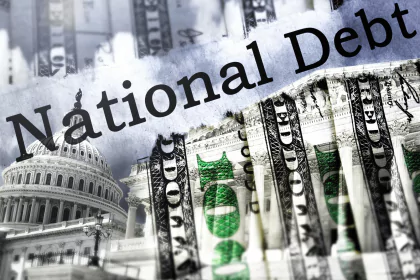In a recent interview, Ford CEO Jim Farley highlighted the pressing need for electric vehicles (EVs) to become profitable in the near future. Despite current financial losses, Farley remains optimistic about the future profitability of Ford’s EV segment, projecting significant improvements within the next few years.
We’re not gonna invest in the future of EVs unless we’re convinced we’ll be profitable.
Jim Farley Farley emphasized the importance of transitioning to profitable EVs, acknowledging that while the technology is crucial for the future, it currently represents a financial challenge. He noted that the first generation of Ford’s electric vehicles has provided valuable lessons, but the real turnaround is expected with the launch of the second generation in the coming years.
The shift towards EVs has not been without hurdles. Ford, like many other automakers, has faced declining consumer demand for fully electric vehicles, prompting the company to increase the production of hybrid models and delay the rollout of new EVs. High prices and the inconvenience of locating charging stations have deterred many potential buyers from making the switch to electric.
Ford’s position as the second-largest EV manufacturer in the U.S. is a testament to its commitment to the electric transition, yet challenges remain. The cost disparity between electric and internal combustion engine vehicles is significant, largely due to the higher expenses associated with EV battery production. Farley pointed out that battery costs and the substantial investments required for new manufacturing facilities are primary factors affecting profitability.
To address these issues, Ford is investing in new production plants, such as the one in Michigan, despite recent scale-backs due to lower-than-expected demand. The company has also had to cut back on EV production in other plants, notably reducing the output of the F150 Lightning, an electric version of its popular pickup truck, and laying off a significant portion of the workforce at the Dearborn, Michigan facility.
Tariffs are an important part of leveling the field for a time, but ultimately Ford has to be fully competitive on cost and quality.
The Biden administration’s tariffs on Chinese electric vehicles have provided temporary relief by protecting domestic manufacturers, but Farley and critics alike agree that these measures should not be relied upon indefinitely. The long-term goal is for the U.S. electric vehicle industry to become self-sufficient and competitive on a global scale, without the need for protective tariffs.
Farley remains confident that Ford will achieve profitability in its EV segment by focusing on reducing production costs and improving vehicle quality. As the company gears up for the release of its next-generation electric vehicles, it aims to meet these challenges head-on, ensuring a sustainable and profitable future in the evolving automotive landscape.












